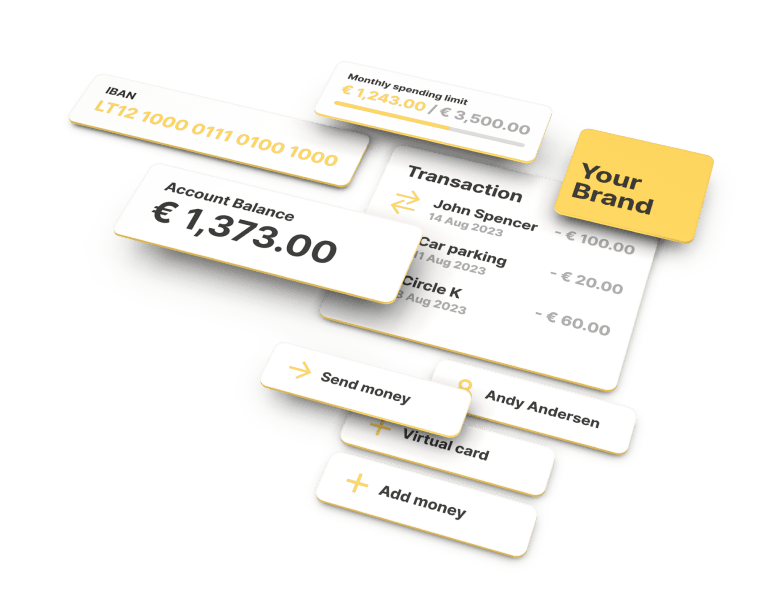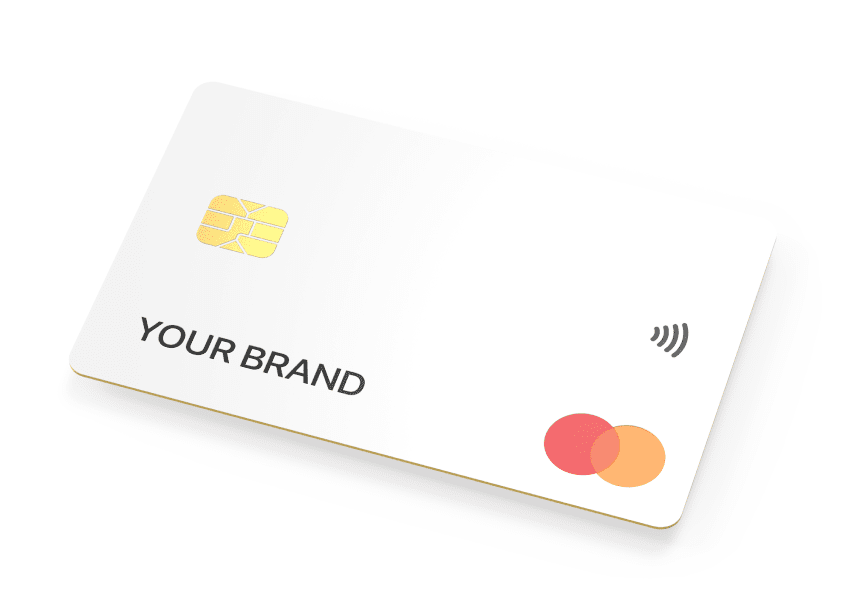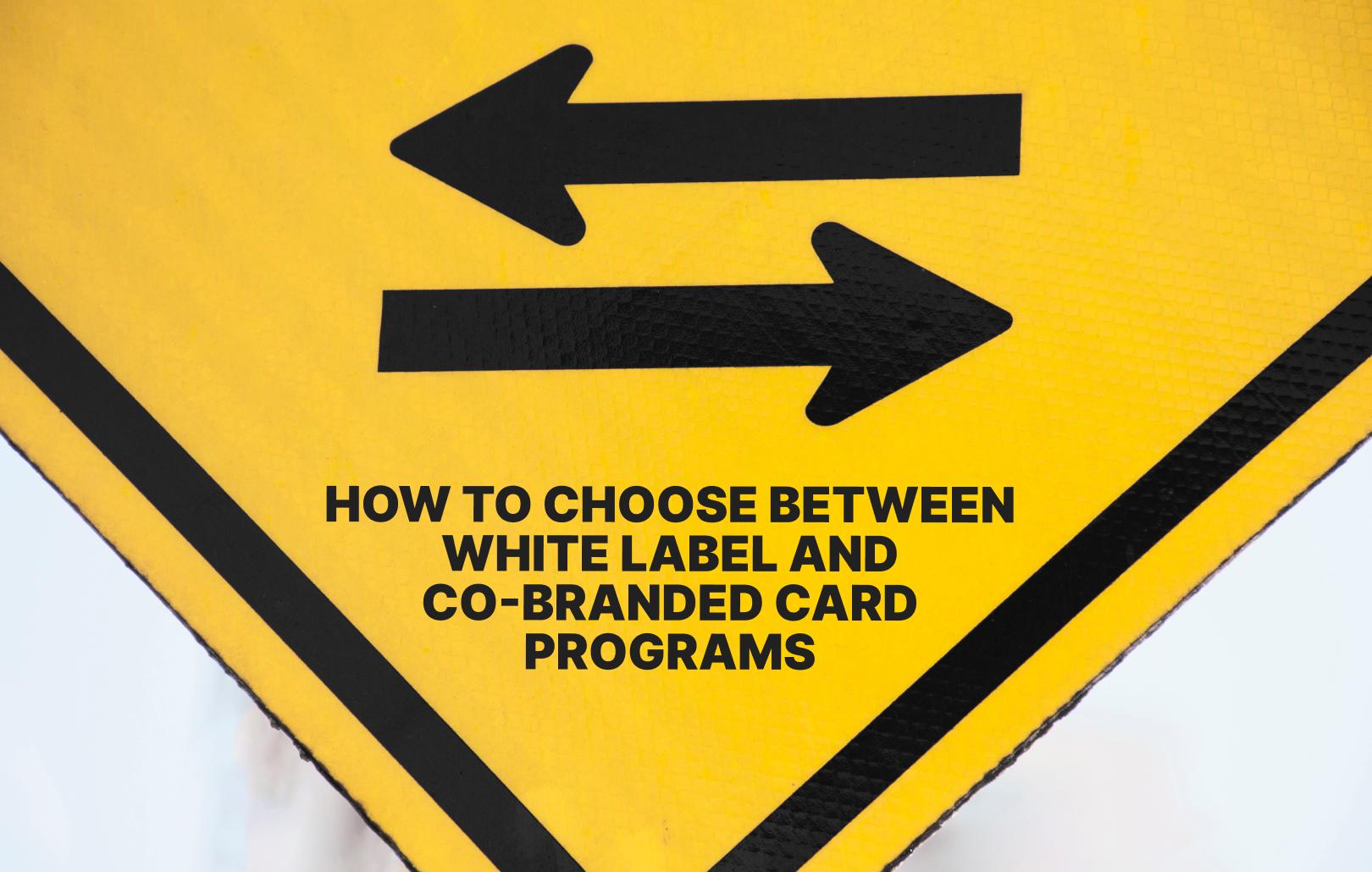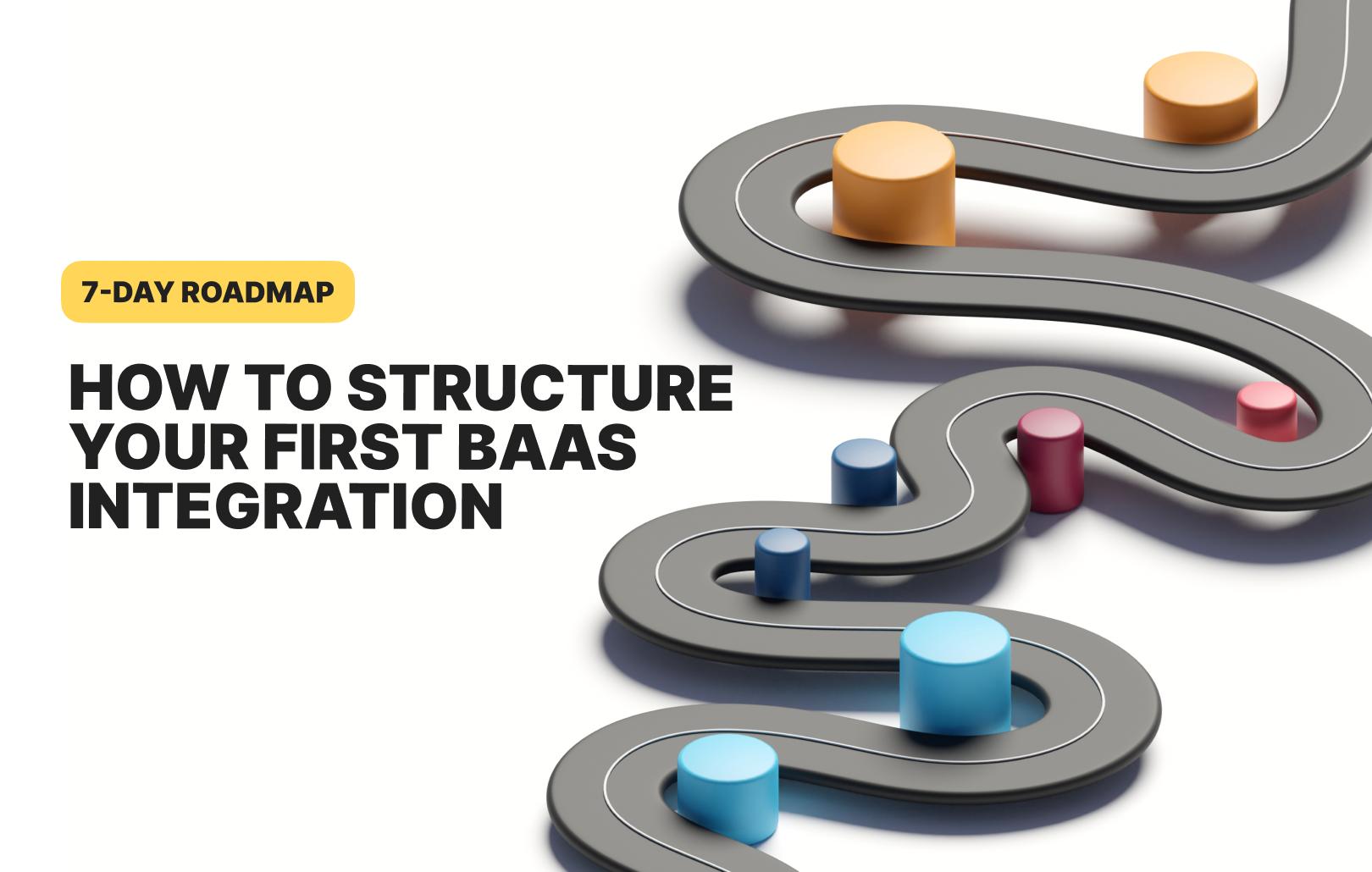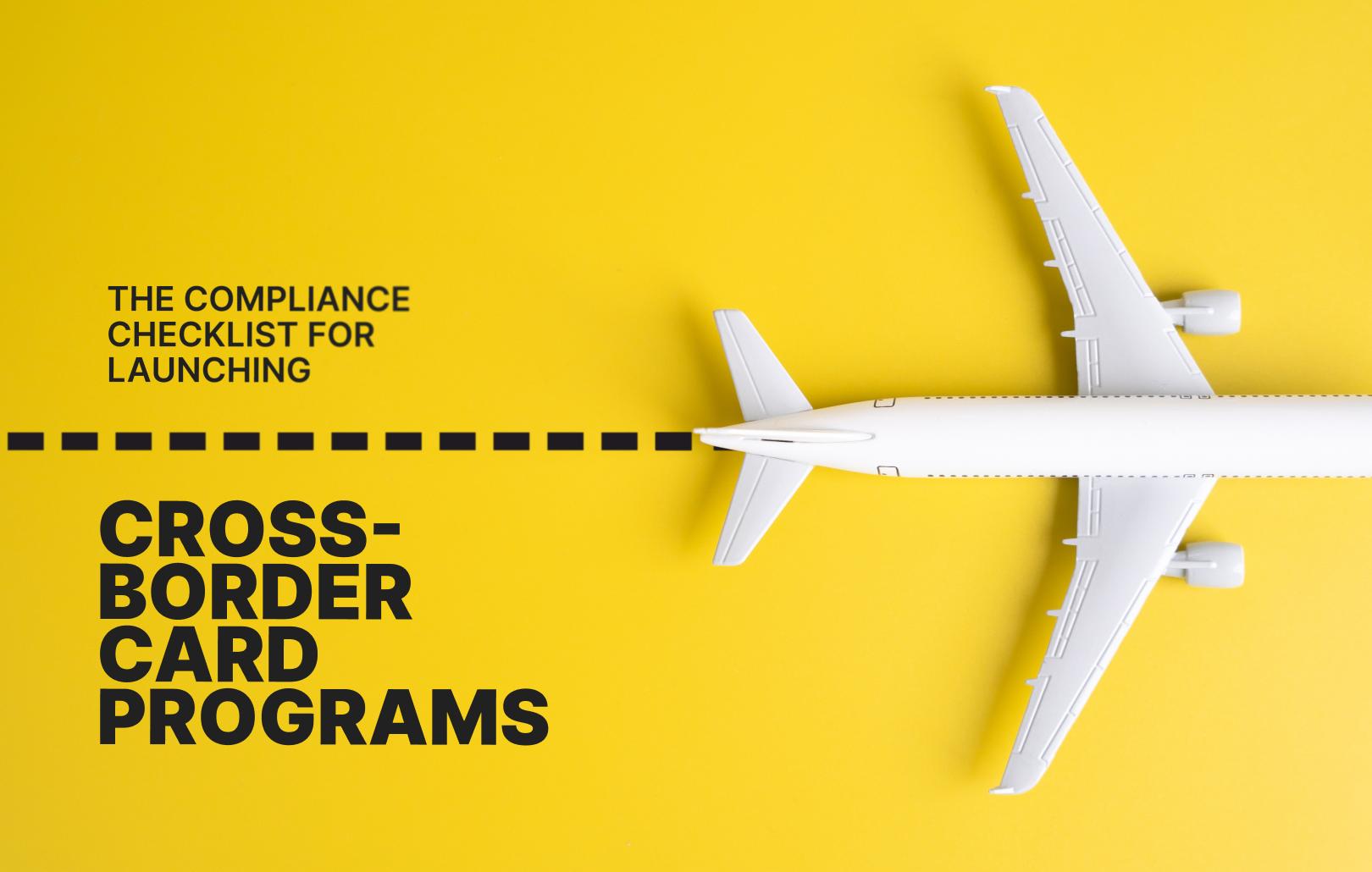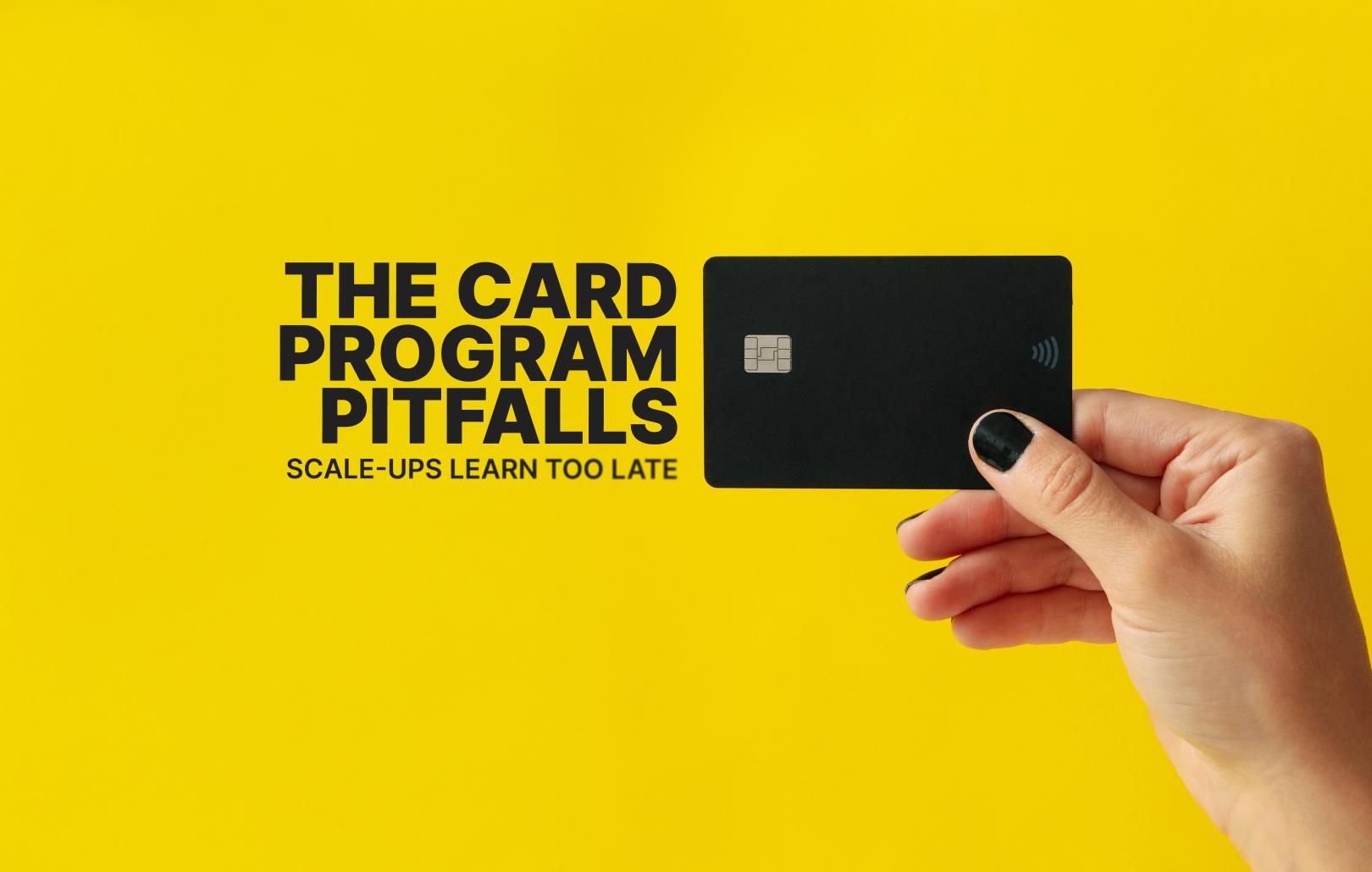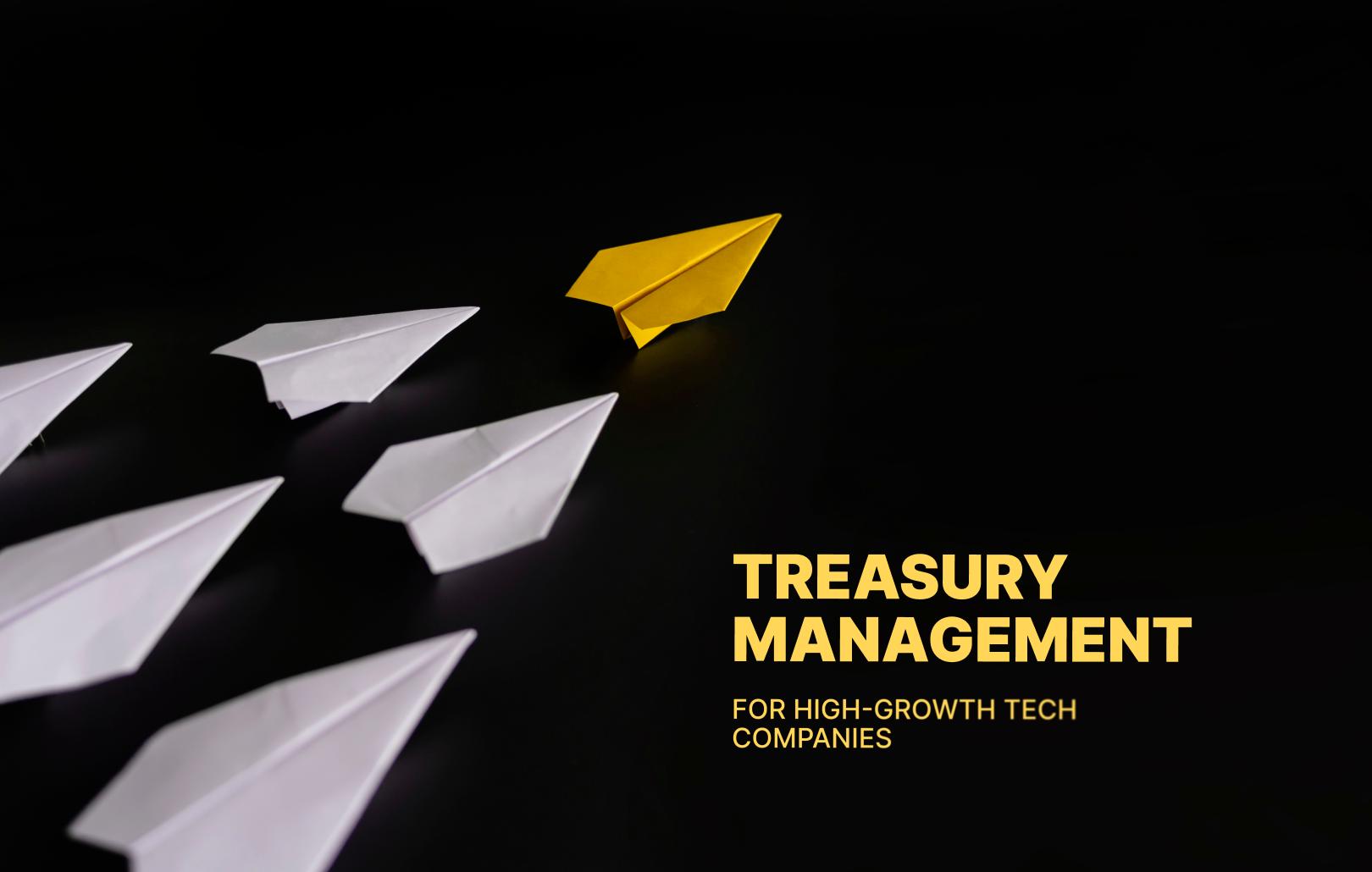Banking as a Service: basics, benefits, and business cases
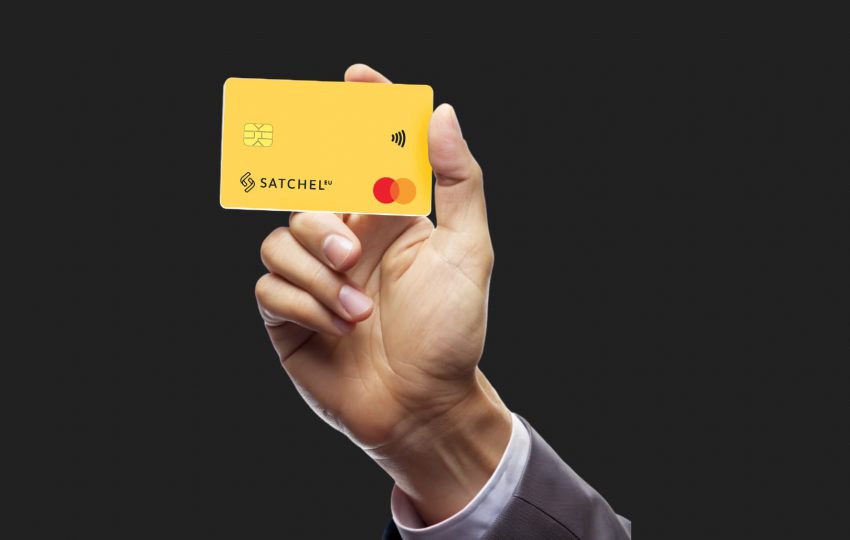
The financial service arena has been undergoing transformation for several decades, and it’s safe to say that Banking as a Service (BaaS) is at the forefront of the most recent changes. This innovative model is reshaping how businesses and consumers interact with financial services, creating new opportunities and efficiencies. But what exactly is BaaS, and what are its benefits? Scroll down to find out.
What is Banking as a Service?
Simply put, BaaS is a model that allows non-bank businesses to offer financial services to their customers by using the infrastructure and services of financial institutions. Think of it like renting the banking capabilities of a traditional bank and embedding them into your own products or services. In essence, BaaS enables any company to become a financial institution without actually being one, making financial/payment services more accessible and integrated into various aspects of daily life.
Here’s how it works:
- Partnership: A non-bank company (like a fintech or an online retailer) partners with a licensed financial institution that provides the infrastructure.
- Integration: The company integrates the bank’s services into its own platform through Application Programming Interfaces (APIs) – the technology that allows different systems to communicate and share data.
- Offering services: The company can then offer banking services, such as creating accounts, issuing cards, processing payments, and providing loans, directly to its customers.
BaaS example
Imagine this: an online shopping platform wants to offer its own branded credit cards. Instead of becoming a bank itself, the platform partners with a bank that provides the infrastructure. Customers can apply for, receive, and use these branded credit cards directly through the shopping platform, even though the actual banking services are handled by the partner bank.
Key benefits of BaaS solution
- Companies can offer more services to their customers without the complexity of obtaining the banking license.
- Customers get seamless access to financial services through platforms they already use and trust.
- Banks can reach more customers and generate additional revenue through partnerships.
Real-world applications of BaaS
- E-commerce platforms: Online retailers can integrate payment processing and financing options directly into their checkout processes, providing customers with flexible payment methods and financing solutions.
- Travel and hospitality: Travel companies can offer financial services, such as currency exchange, travel insurance, and international payment options, enhancing the customer experience and adding value to their own offerings.
- Gig economy and freelance platforms: Freelance marketplaces can provide integrated financial services, such as instant payouts, expense management, and tax planning tools, supporting their users’ financial needs.
- Fintech startups: New fintech ventures can use BaaS to quickly bring innovative financial products to market without the need for significant investment in the digital banking infrastructure.
How white label solutions fit into the picture?
White label solutions in the BaaS context are pre-built, customizable financial products that use the BaaS infrastructure, allowing companies to quickly enter the market with branded financial services. They represent more ready-to-use products within the broader BaaS ecosystem. Here’s a comparison:
- BaaS provides the underlying financial infrastructure (like account management, payments, compliance, etc.) that companies can integrate into their own products through APIs. For instance, a tech company might use BaaS to create a unique experience, offering specific features tailored to its user base.
- White label solutions are ready-made, customizable products or services that a company can rebrand and offer as its own. For example, a retail chain could use a white label solution to offer its own branded credit card or digital wallet, using BaaS to handle the backend operations.
How it’s likely to play out
It is obvious that BaaS will increasingly blur the lines between traditional banking and other industries, enabling financial services within various non-financial applications, such as e-commerce sites or social media apps.
AI will provide deeper insights into customer behavior, improving fraud detection, risk management, and customer service through chatbots and automated support. Of course, innovations in cybersecurity will be crucial to protect sensitive financial data and prevent fraud, with BaaS providers investing in advanced security measures.
This continued evolution of BaaS will further lead to the development of innovative financial products and services, such as micro-investing, programmable money, and more dynamic savings solutions. North America and Europe are expected to be leading markets for BaaS, but significant growth is also anticipated in Asia-Pacific and other emerging markets, where digital banking is on the rise.
To not stay behind important trends, take a look at how your company could benefit from the Satchel BaaS value proposition.
